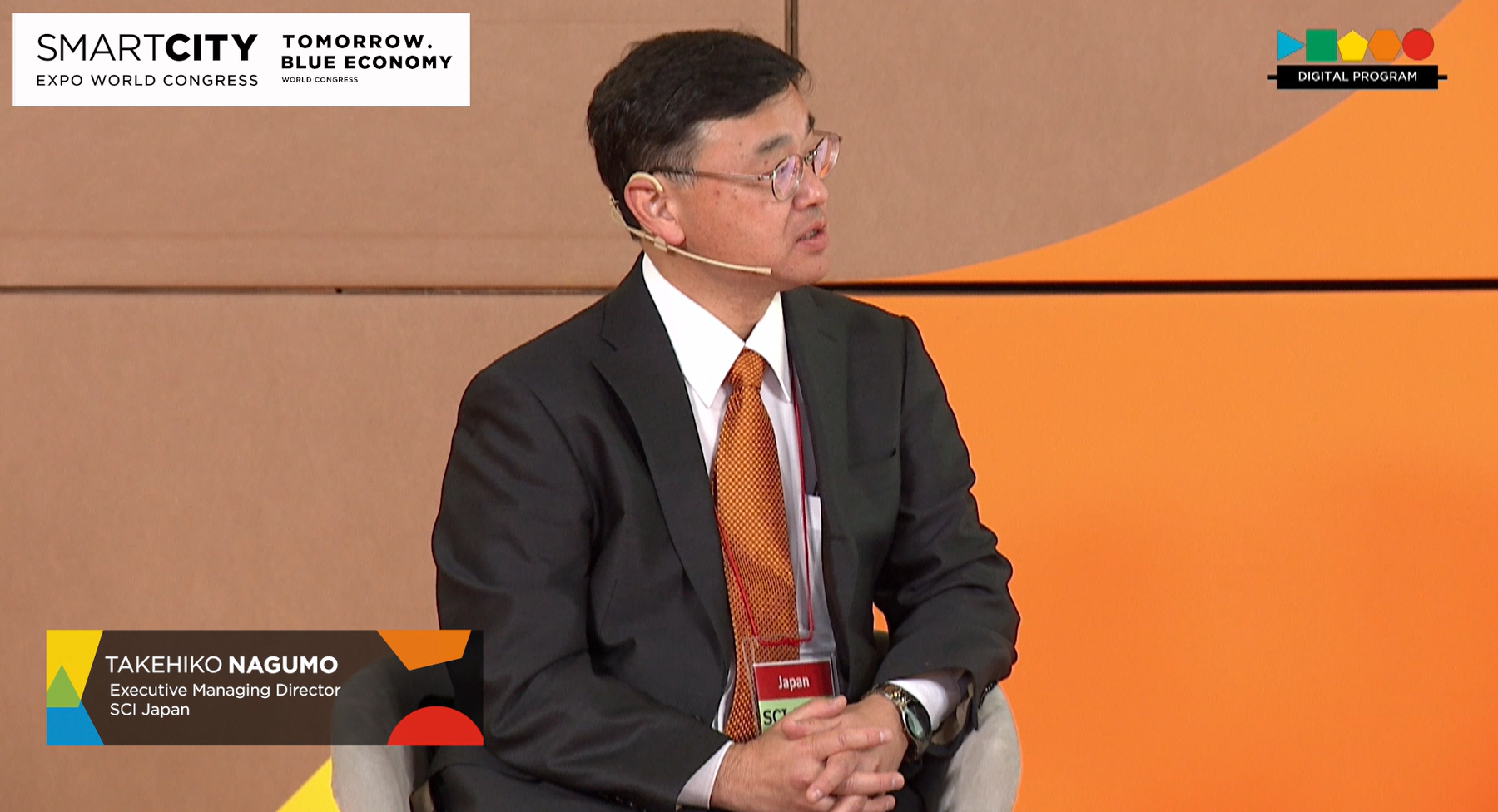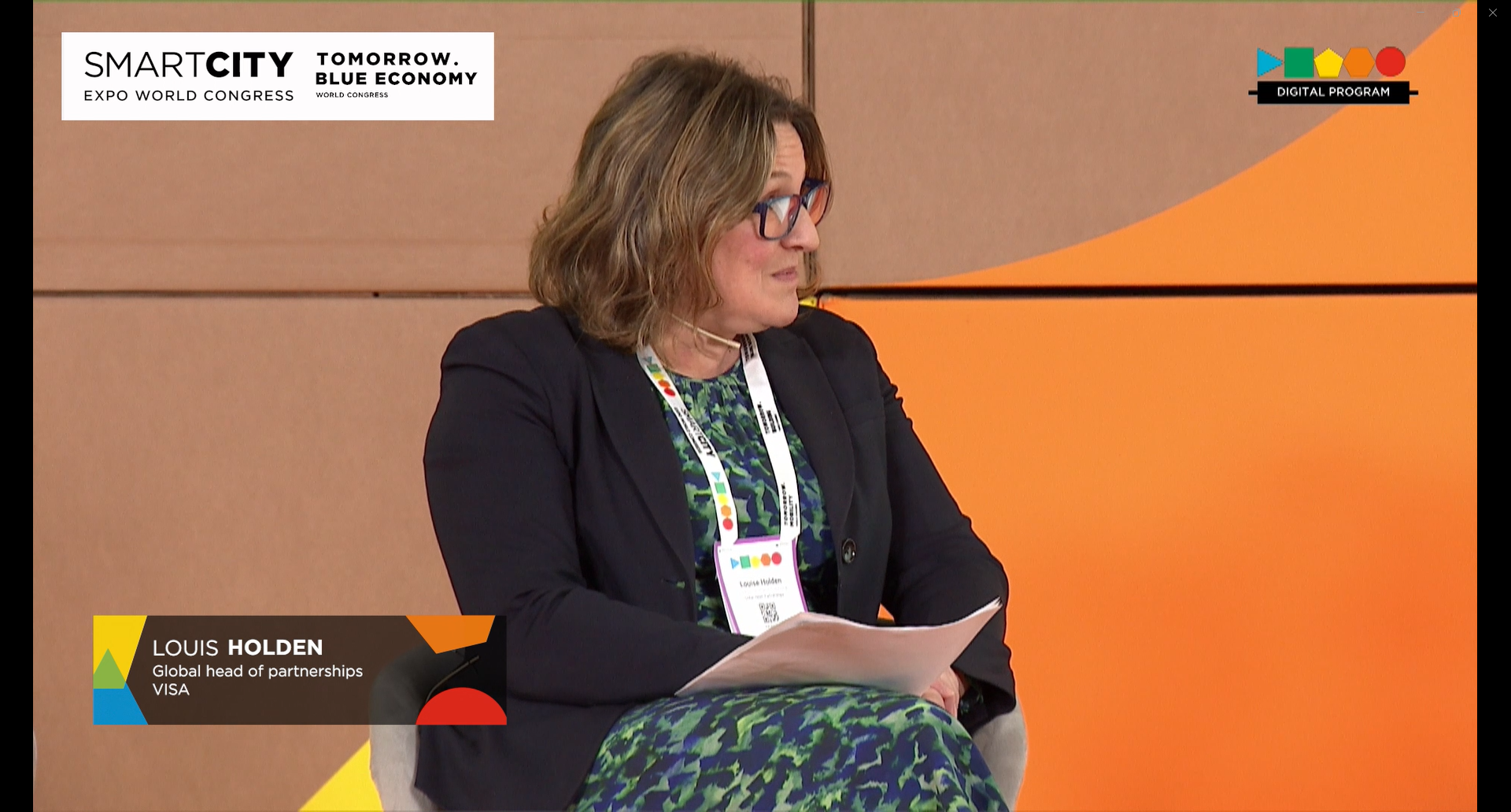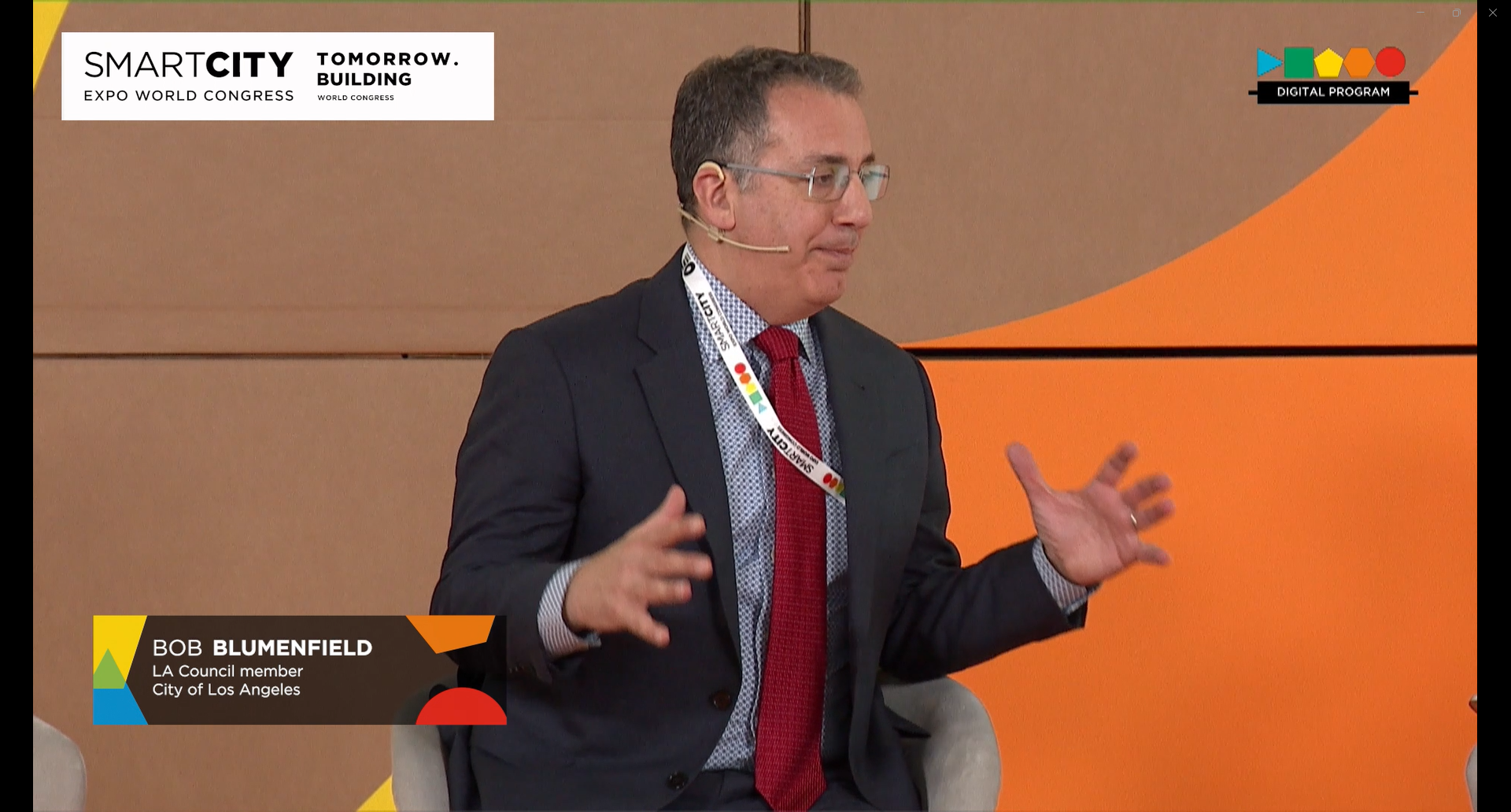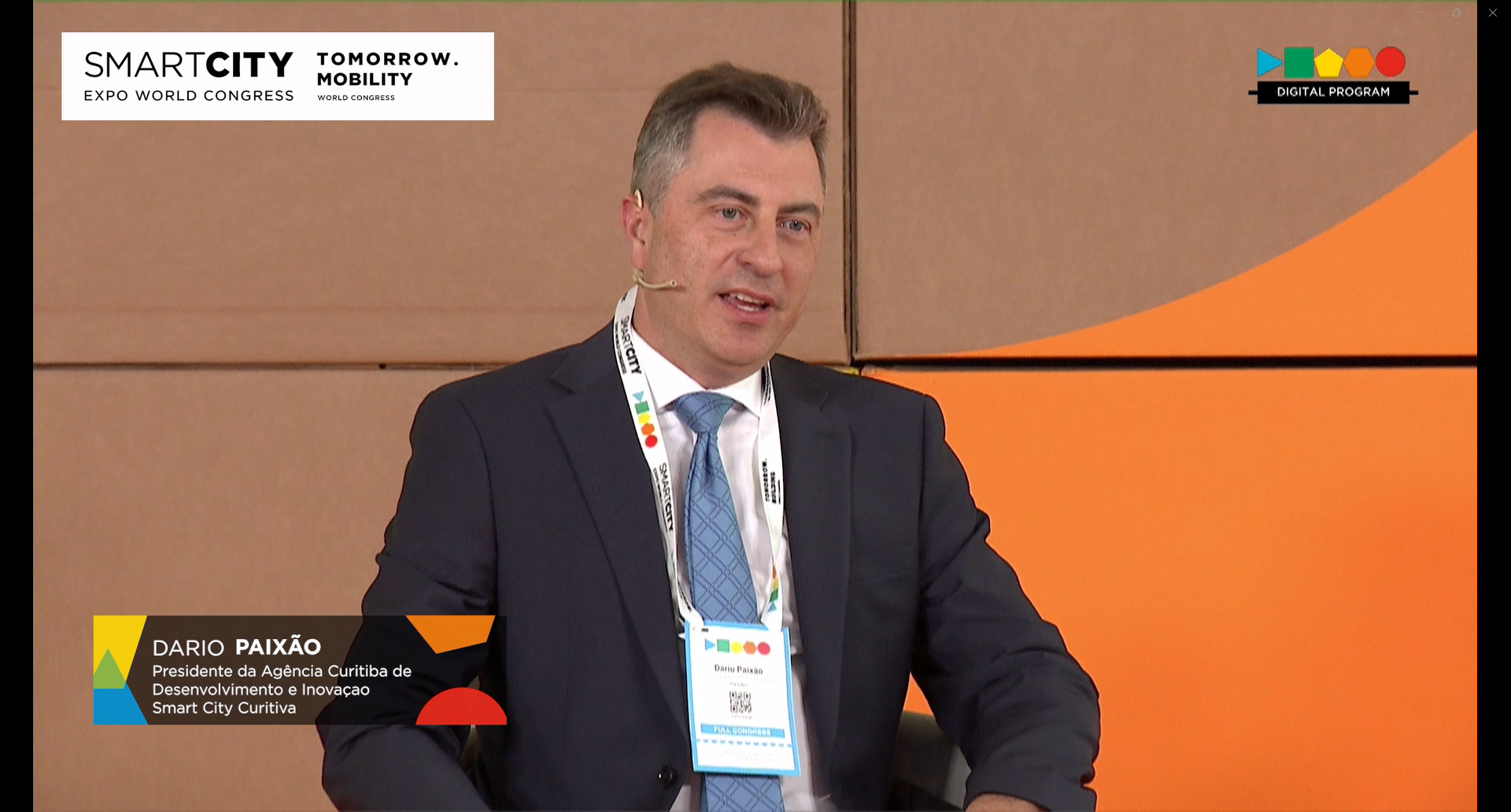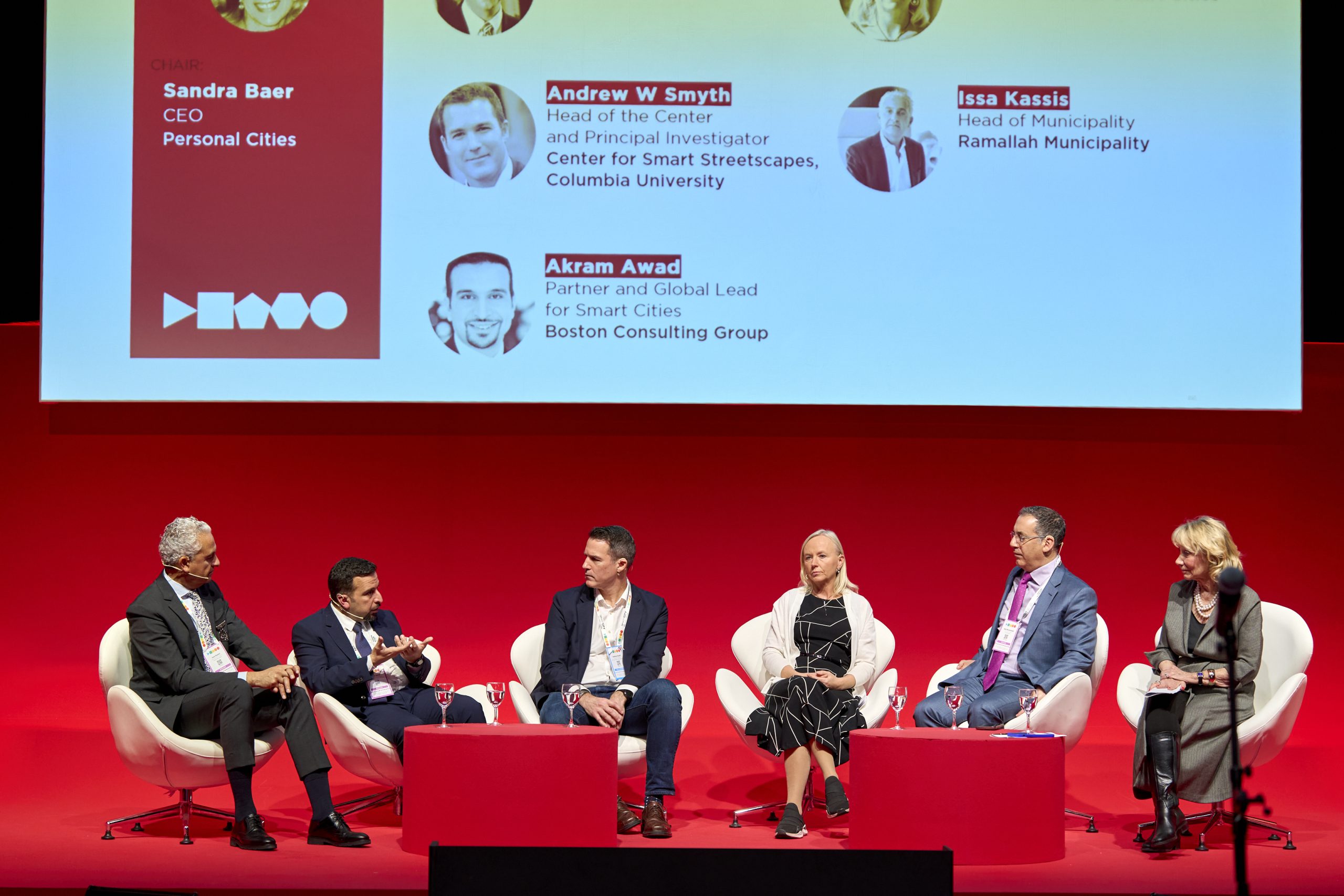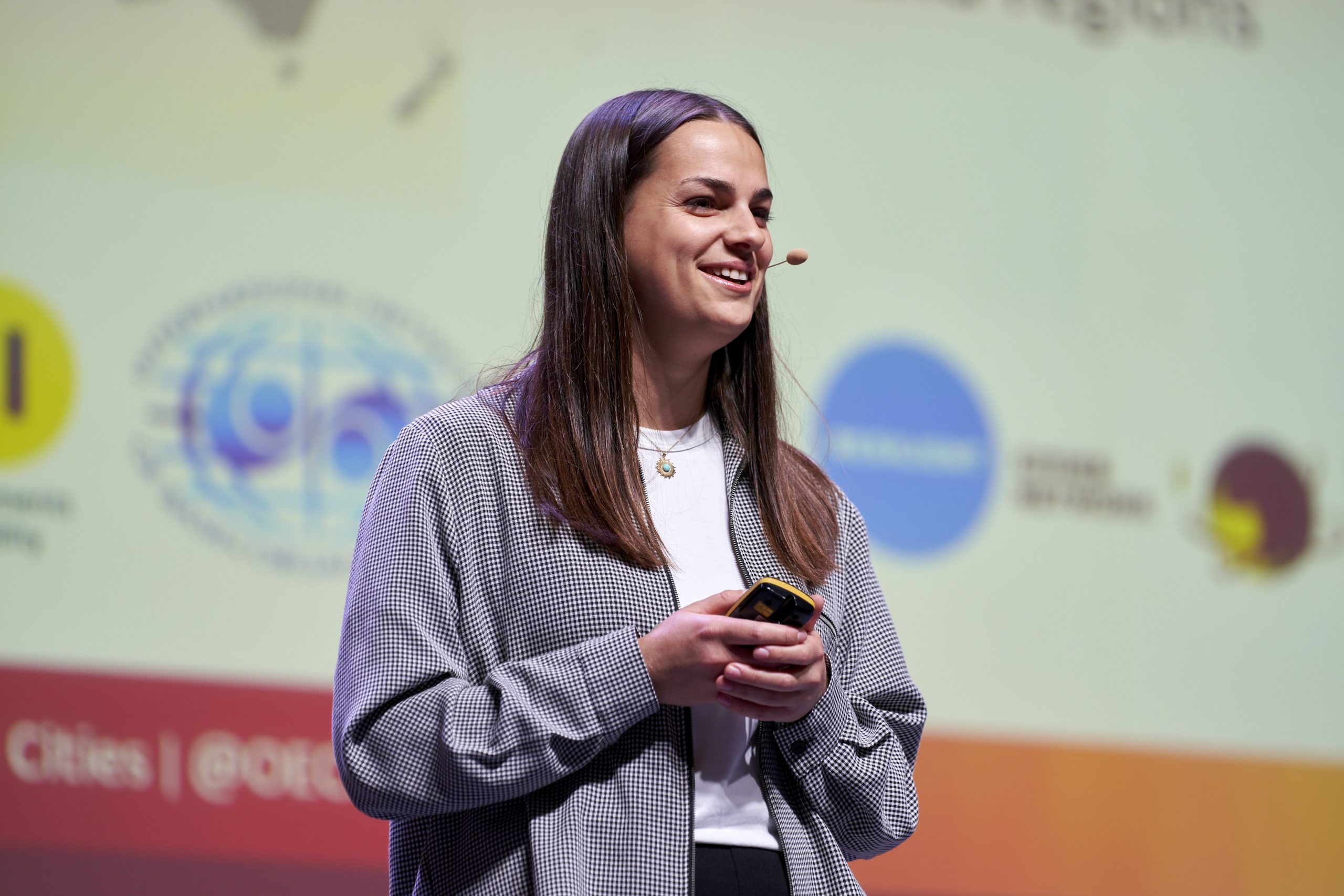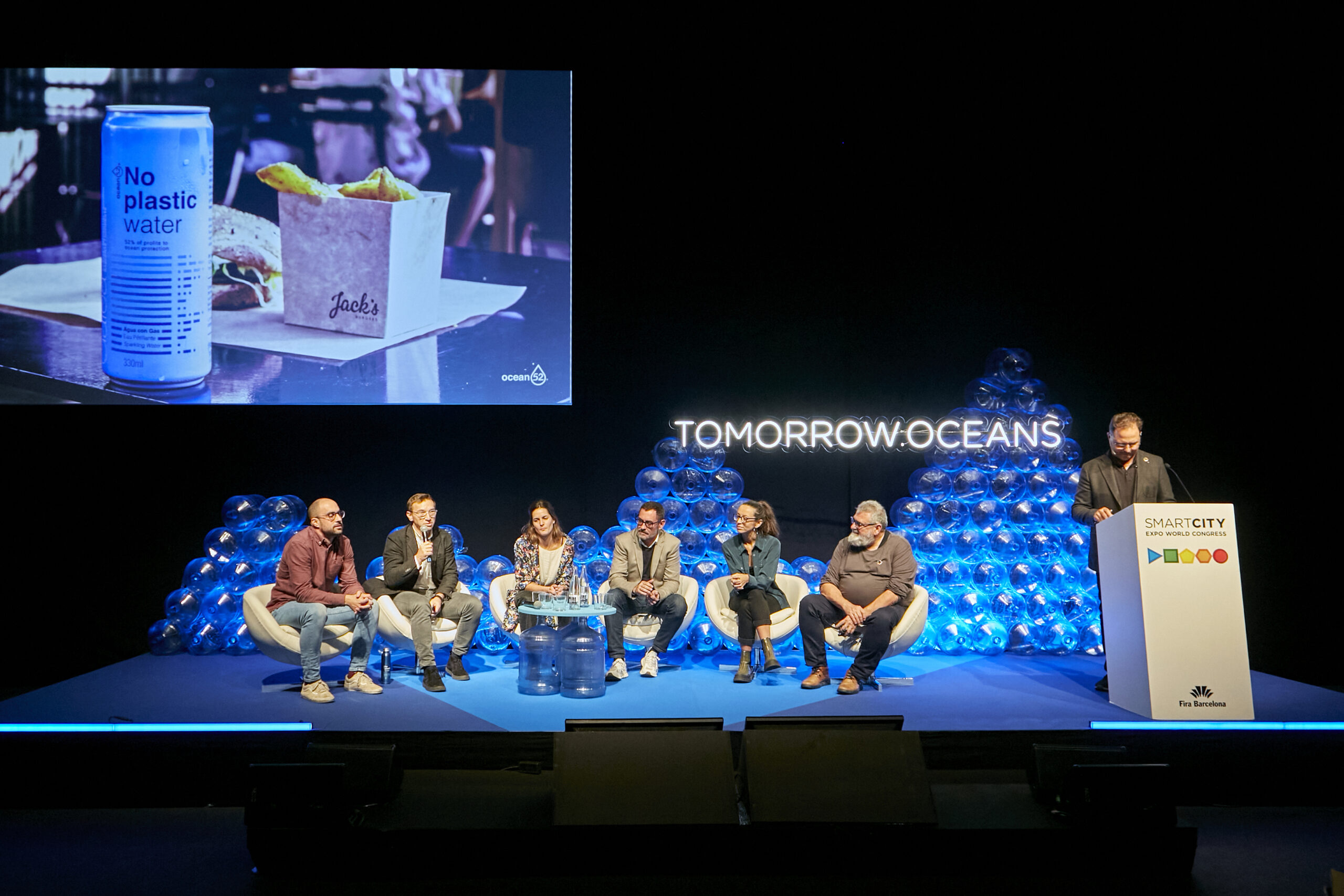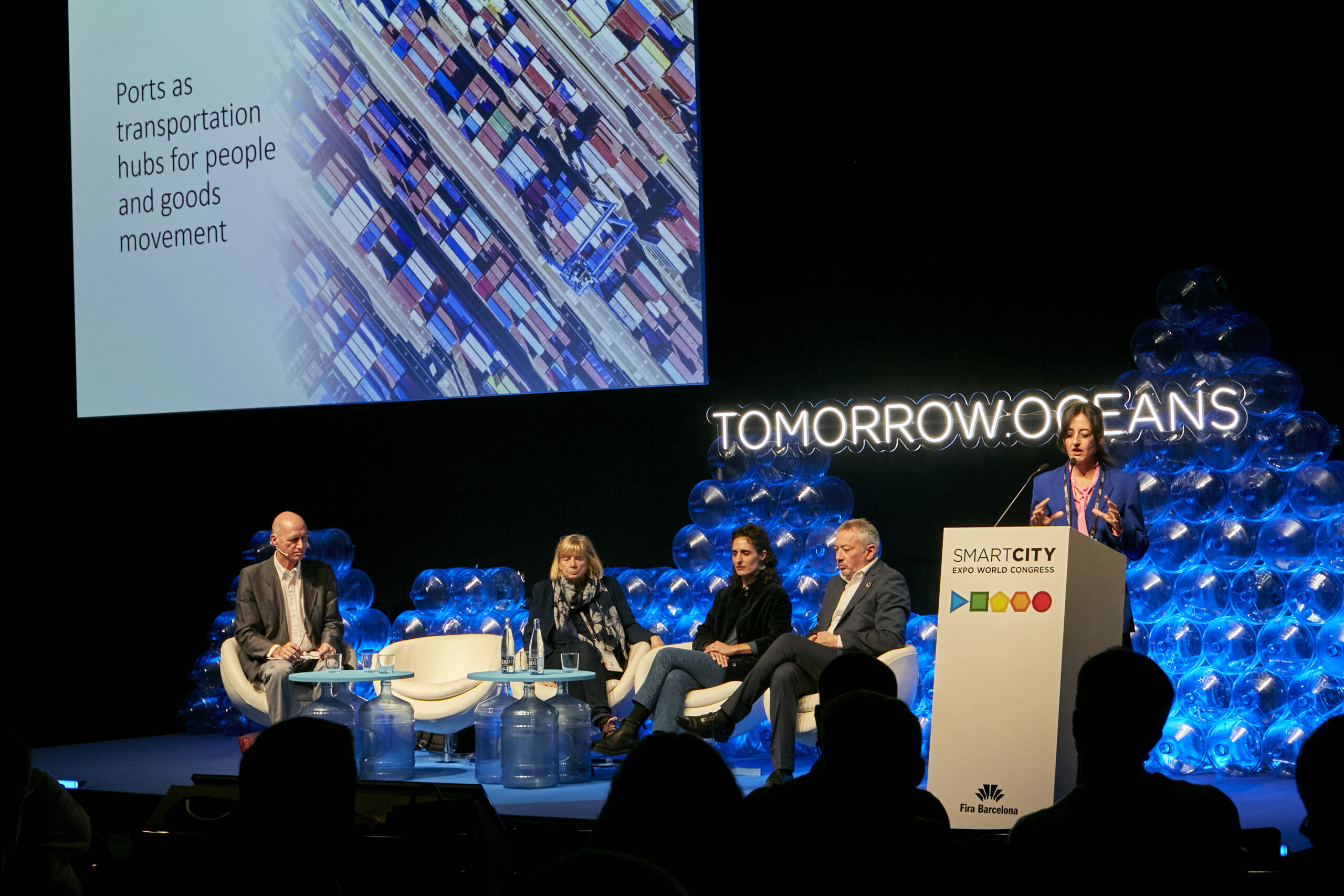Release of 5th Edition: WW Observatory for Attractive Cities for Talent. Case Study: City of Valencia
Author | Prof. José A. Ondiviela PhD
The main challenge for modern cities is how to become Attractive enough to both retain brilliant brains and draw talented citizens and investors. Like any human decision involving a compromise between two parties, the motivation to settle in a city due to its attractiveness responds to two main drivers: the emotional and the rational. We will call the emotional component (left brain) City Magnetism (‘I like it, I feel comfortable, it enriches me, it inspires me’); and we will label the rational component (right brain) City Profitability (‘it is a good deal, with good city services, well-being is high, cost of living is affordable, conditions match my circumstances, preferences and lifestyle’). In the rational sphere there are no emotions, only purely functional and economic facts. But humans are emotional beings, so the emotional component is very relevant, often the most.
To study Magnetism, we will consider Past (City Identity), Present (City Dynamism) and Future (City Strategy). To study Profitability, we will address the 10 main City Services Areas (Performance) and Net Purchase Power (average after taxes capacity to purchase goods and services with average salary).
City Attractiveness is influenced by several key trends that affect the quality of life in urban areas. These trends are shaped by factors such as economic conditions, environmental sustainability, safety, healthcare, education, infrastructure, and more. To study all those components, let’s split the approach into three areas, matching our Quality of Live model concepts with the current trends of Lovability, Liveability and Affordability:
- City Magnetism > City Lovability
- City Profitability. Performance > City Liveability
- City Profitability. Net Purchase Power > City Affordability
Ok, with this approach, we have studied the top 175 most attractive cities for talent in our 5th Edition WW Observatory for Attractive Cities for talent. You can download full report from here.
We use around 120 KPIs that provide us with good proxies for the different components in Magnetism and Profitability.

There is strong competition for top positions between USA and Western Europe. USA led 2021 due to a fast post-pandemic recovery, but 2022 inflation has pushed it down and prices are not recovering once inflation is under control. This, combined with social inequality worsening and half minded action on Environmental and other crucial city challenges has allowed Western Europe to reinforce in 2023 a leader position won in 2022. Analyzing 2024 report (2023 data), we find:
WINNERS: NOR, DK, NED, GE, UAE, SPA, CAN, EU Main Capitals. South Europe (FR, ITA, POR) slight improvement due to EU funding investment. Main reasons are: Increase on Dynamism due to Quality of Life and Expat Experience, on Strategy due to SmartCity Plan, and on Profitability due to better NetPurchase Power. Main capitals are recovering lost ground vs Intermediate cities. TUR has experienced a significant gain due to stability and trust. Worth mentioning the case of Spain: Due to strong recognition as leaders on Quality of Life (InterNations (2024), Quality of Life for Expats, Best Cities (2024), technology Adoption (leading UN eGov (2024)) and moderated Cost of Living, Spanish cities have experienced a significant rise.
LOSERS: USA, UK, AUS, SWE, FIN, SWI, NZ due to late recovery actions and inflation impact, increase on cost of living (SWE, FIN) and decrease on Quality of Live, also worsening of Inequality (Gini Index). Reduction or stalling on investments has impacted the quality of services (performance) (USA, AUS). Gap with LatAm and all Asia increased a little due to economy impact (except CHN)
No significant change experienced by JPN, SouthAfrica, CEE (except TUR), EU Non-Capital cities.
In this context of uncertainty (after a recession but with signs of another one possibly coming -maybe due to the AI bubble-, wars in critical areas of the Earth, climate change as a main threat but losing popularity as its mitigation seems unattainable at reasonable costs, the desire to enjoy life, to experience it -rebirth of tourism-, talent is mainly looking for Lovable Cities, assuming good existing performance to make them Liveable and demanding good Affordability. These three areas are key, but this year, Lovability reigns (always combined with Affordability), as performance is quite good among most modern cities and money is not the main reason as it has traditionally been.
Why Lovability? Because this is human-centred, and every time we focus on placing the citizen front and center of what we do in the city, happiness is improved, and this is the main perception of quality of life. Young professionals and talented workforce preferences strongly correlate with Lovable Cities concept (Local Social Life, restaurants, Culture, Nightlife, Wellbeing, rewilding urban nature and inclusivity/diversity) (Resonance, 2024).
Therefore, Fortune500 companies seeking to recruit that talent are trying to co-locate in those Lovable Cities. Liveability is quite good in most of studied cities (most from first world because, by default, a city that implies a risk for your life is not attractive, period). Ok, Prosperity helps and Affordability is super important, but new generations are not so much driven by profitability but quality of live.
So, cities trend to make them more human, fostering inclusion, people connection and attachment, stimulating creativity, ruling by freedom and respect, encouraging empowerment, making human-centred cities with happier people. And happier and empowered people make more resilient cities eager to drive economic growth.
And in that shift to Lovability, Spanish Cities, and especially those most innovative, best quality of live and mid-sized to avoid high prices are gaining especial momentum.
Case of Valencia
This is the case of the city of Valencia (Spain). Located on the Spanish Mediterranean coast, bright, with around 1.5 million inhabitants in its metropolitan area, touristic but also smart, the largest port in the Mediterranean and plenty of history and culture, Valencia has climbed many positions in the 2024 WW Observatory for Attractive Cities for talent.
Wonderful city. Position 21 (from Top175). Growing +52 positions. (Excellent quality of life, Affordable, Green, Safe, Agile-Good Mobility, Good Healthcare; Gastronomy, Culture,…)
Internationally Rewarded (Best City for Expats 2022, EU Green City 2024, EU Mission Carbon neutral 2030, EU IA South Node, EU IA Metaverse Digital Twin, Design Awards,…)
Great people (Creativity, Talent, Proud, Sense of belonging, Strong Cultural roots).
Excellent position NOW!, With an excellent production of talent (best technical university in Spain, UPV), and among the best startup incubation engines, Valencia is not only a beautiful tourist spot, but also a smart city perfect for creating new ventures or growing existing companies.
Maybe they need to become more vocal, and better communicate their unique assets. Hope this article helps them…
As achievable dreams, they are on track to grow and generate:
- One of Best WW ECOCITY
- Reference IA South Europe HUB
But they must keep taking care as well of local main challenges (Cost of Housing, Mobility around Valencia, mediterranean train corridor, Control massive Tourism,…)
So, good luck, Valencia, in your journey for excellence attracting talent. And to all world talented citizens, please take a look at Valencia if you haven’t experienced it yet. Sure, you will be surprised!
———————–
+ ABOUT JOSÉ ANTONIO ONDIVIELA
Prof. José Antonio Ondiviela PhD is the Director of the Human-Centered Intelligent Cities Research Institute of the Universidad Francisco de Vitoria, Madrid. He is the author of the Worldwide Observatory for Attractive Cities. You can download the 2024 version of this unique Observatory HERE, and find the full research repository in this link. Correspondence: josea.ondiviela@ufv.es.
Prof. Ondiviela will participate as a speaker at the Smart City Expo World Congress 2024, in Barcelona, in the conference Revolutionizing City Life Through Digital Services, where he will share the main conclusions of the Observatory’s 2024 edition. The session will be held on November 5, from 15:45 to 16:30 local time.
Images | Unsplash/Oliver Cole, Pixabay













